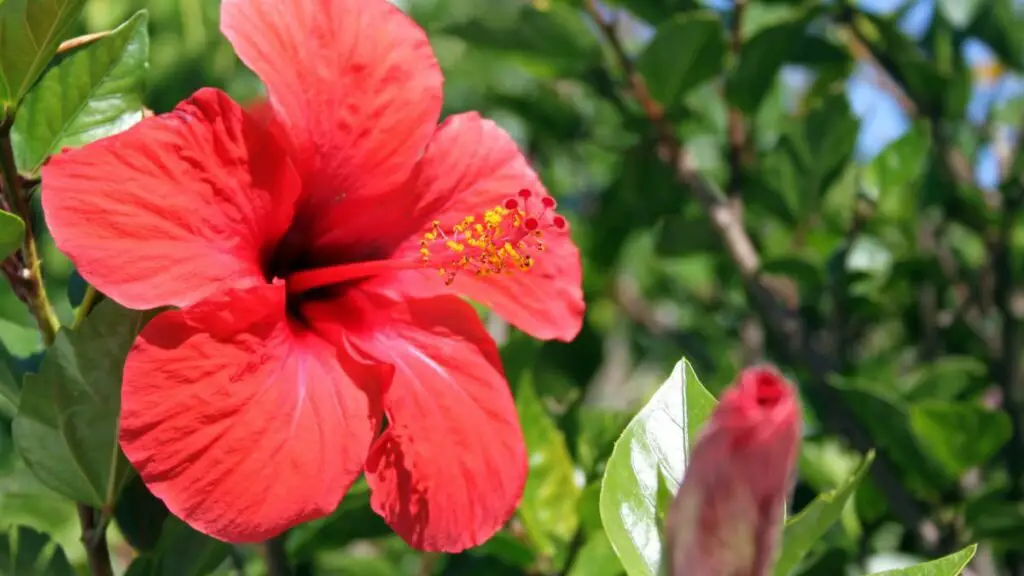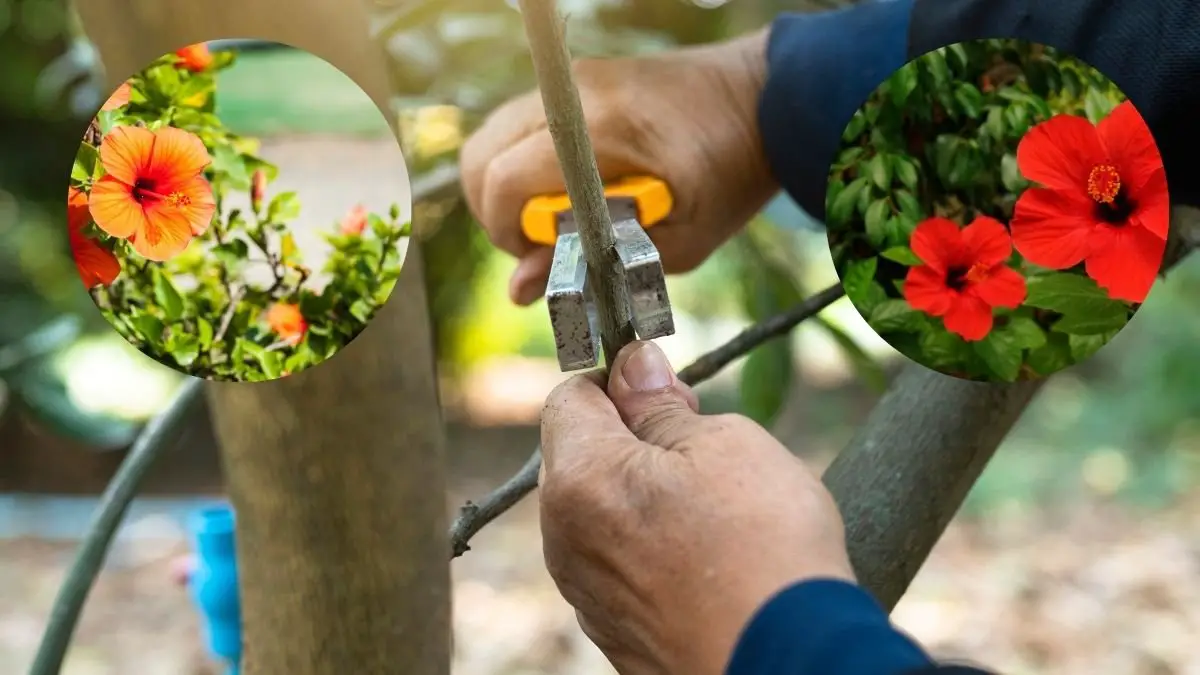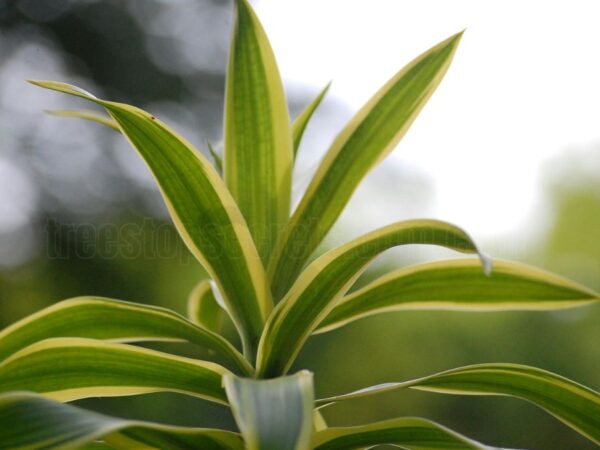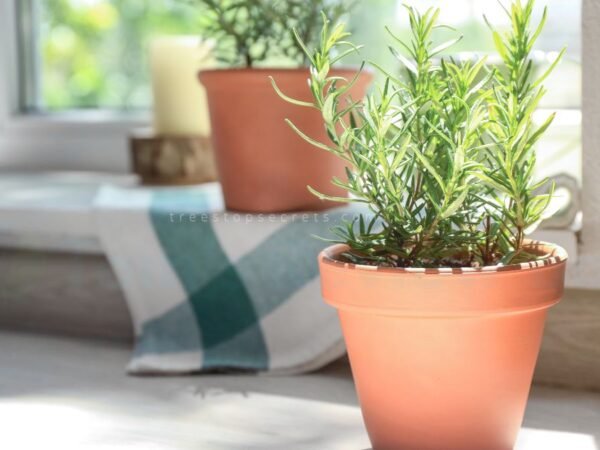Delve into the fascinating realm of hibiscus plant propagation, where ancient traditions meet modern gardening techniques, budding new plants and cultivars for outdoor cultivation. Uncover the secrets to multiplying these vibrant blooms and creating your lush hibiscus paradise with expert answers from a garden specialist. Discover how simple methods can turn a single plant into a flourishing garden spectacle, adding a burst of color to your outdoor oasis. Explore the historical significance of hibiscus cultivation, dating back centuries and spanning diverse cultures worldwide. Learn how to propagate hibiscus plants successfully, unlocking a world of beauty right in your backyard.
Key Takeaways
- Propagating hibiscus plants can be done through stem cuttings or seeds, providing an opportunity to expand your garden without purchasing new plants.
- To successfully propagate hibiscus, ensure you understand the process, prepare the necessary materials, and follow the specific steps for stem cuttings or seed propagation.
- When propagating from stem cuttings, make clean cuts, use rooting hormone for better success rates, and provide optimal conditions like warmth and moisture.
- Propagating from seeds requires patience as it may take longer to see results, but offers a rewarding experience as you witness the growth from seed to plant.
- Transplant hibiscus cuttings carefully into well-draining soil and provide adequate sunlight and water to support healthy growth.
- To thrive outdoors, hibiscus plants need full sun, regular watering, occasional fertilization, and protection from extreme temperatures.
Understanding Hibiscus Propagation
Propagation Methods
Propagation of hibiscus plants can be done through water propagation or container rooting with cuttings. Experimenting with various methods is crucial to determine the most successful one for your hibiscus plants. Using rooting hormone can significantly increase the success rate of your propagation endeavors.
- Pros: Water propagation is simple and allows you to monitor root growth easily.
- Cons: Container rooting may require more attention and care to ensure successful propagation.
Best Times for Propagation
The ideal time to take hibiscus cuttings is in the middle of summer when the plants are actively growing. Success in propagation relies heavily on selecting the right season for taking cuttings, ensuring they have optimal conditions for growth. Timing plays a critical role in hibiscus propagation; choosing the appropriate time enhances the likelihood of successful outcomes.
- Summer months provide warm temperatures and longer daylight hours, promoting faster root development.
- Avoid propagating during extreme weather conditions like frost or excessive heat to prevent stress on the cuttings.
Necessary Materials
Before starting the hibiscus propagation process, gather essential materials such as sharp pruning shears, rooting hormone, topsoil, and containers. Having all necessary tools and supplies ready beforehand streamlines the propagation process, making it more efficient and effective.
- Ensure pruning shears are sharp to make clean cuts that promote healthy root growth.
- Rooting hormone aids in the development of roots from cuttings, increasing their chances of survival.
Preparing for Propagation

Choosing the Right Cuttings
Select healthy hibiscus stems with smooth green growth and plenty of leaves for successful propagation. Ensure the selected cuttings have at least 2-3 leaves at the top and a diagonal cut at the bottom. Prioritize healthy stems for optimal rooting.
Choosing the right cuttings is crucial for successful hibiscus propagation. Healthy stems with vigorous growth increase the chances of successful root development. The presence of sufficient leaves ensures that the cutting can sustain itself during the initial rooting process.
Seed Selection Tips
When selecting hibiscus seeds, opt for fresh, viable seeds from reputable sources to improve germination rates. Consider the variety and characteristics of hibiscus seeds to choose the best ones for planting in your garden. Quality seeds play a vital role in ensuring successful hibiscus propagation.
Quality seeds are essential for successful hibiscus propagation as they determine the plant's future growth and health. Investing time in selecting high-quality seeds can significantly impact the overall success rate of propagating hibiscus plants. Reputable sources provide assurance regarding seed viability and quality.
Propagating from Stem Cuttings
Taking Cuttings
Using clean, sharp pruning shears is crucial when taking stem cuttings for hibiscus plant propagation. Cut 4–6 inch sections from healthy hibiscus plants to ensure successful growth. Trim excess leaves from the cuttings to enhance oxygen levels and stimulate root development. Employing the right technique and tools is essential for the initial step in propagating hibiscus.
Rooting the Cuttings
To boost root growth in hibiscus stem cuttings, apply rooting hormone on the cut ends before planting. Whether placing them in water or topsoil, maintaining a moist environment is key for rooting success. Provide adequate warmth and light to support healthy root development in the cuttings. Patience and careful monitoring are vital during the rooting process to achieve successful propagation of hibiscus plants.
Propagating from Seeds
Seed Preparation
Hibiscus seeds need special care before planting to ensure successful germination. Soak the seeds in warm water overnight to soften their hard outer coating. This process helps the seeds absorb moisture and kickstarts the germination process.
To further enhance germination rates, consider scarifying hard-coated hibiscus seeds. Gently nicking the seed coat with a knife or sandpaper can break the dormancy and allow moisture to penetrate, aiding in sprouting.
Properly preparing hibiscus seeds is crucial for healthy seedlings. By softening the seed coat through soaking and scarifying, you increase the chances of successful germination.
Germination Process
During the germination process, it's essential to maintain consistent moisture levels and temperature. Hibiscus seeds require a warm and moist environment to sprout effectively.
Patience is key as hibiscus seeds may take some time to begin sprouting and establish themselves. Avoid disturbing the seeds during this period as they develop roots and shoots underground.
Creating optimal conditions is vital for successful hibiscus seed germination. Ensure your seeds receive warmth, moisture, and sufficient light to support healthy growth.
Transplanting Hibiscus Cuttings
Ideal Conditions
To successfully propagate hibiscus plants, create a warm and humid environment to foster root development. Adequate exposure to sunlight is crucial for the plants to thrive. Maintain optimal temperature, light, and moisture levels for successful propagation.
Transplanting Steps
When hibiscus cuttings show well-established roots and new growth, it's time to transplant them into individual pots. Handle the cuttings with care during transplantation to prevent damage to delicate roots and new growth. Follow proper transplanting procedures for successful establishment in new containers.
Growing Hibiscus Outdoors
Suitable Regions
When propagating hibiscus plants, assess your region's climate and growing conditions for optimal growth. Research hibiscus varieties suited to your region's climate and soil. Selecting suitable varieties enhances successful growth and blooming.
- Choose hibiscus species that thrive in your specific climate and soil conditions.
- Opt for varieties that can withstand the temperature and sunlight levels of your region.
- Consider factors like humidity, rainfall patterns, and frost susceptibility when selecting hibiscus plants.
Protecting from Pests
To safeguard hibiscus plants from pests, adopt preventive measures such as regular inspection and hygiene practices. Utilize natural pest control solutions like neem oil or insecticidal soap to deter common pests.
- Regularly inspect the leaves, stems, and flowers for signs of pest infestation.
- Maintain cleanliness around the garden area to prevent pest attraction.
- Apply neem oil or insecticidal soap according to instructions to combat pests effectively.
Essential Care Tips
Watering and Feeding
Hibiscus plants require consistent watering to maintain moist soil without becoming waterlogged. During the growing season, it is crucial to water them regularly.
To ensure healthy growth and vibrant blooms, feed hibiscus plants with a balanced fertilizer. This provides the necessary nutrients for optimal development.
Establishing a regular schedule for watering and feeding is essential for the overall health and vitality of hibiscus plants. Consistency is key in maintaining their well-being.
Pruning and Maintenance
Regular pruning of hibiscus plants is necessary to eliminate dead or overgrown branches, stimulating new growth and flowering.
Maintain the appearance of your hibiscus plants by practicing proper pruning techniques. This ensures they remain tidy and well-shaped throughout their growth cycle.
Investing time in pruning and maintenance activities significantly impacts the health and aesthetics of hibiscus plants. Careful attention to these tasks will lead to long-term success in plant care.
Avoiding Common Mistakes
Overwatering Issues
- Avoid overwatering hibiscus plants to prevent root rot, yellowing leaves, and decline in plant health.
- Monitor soil moisture levels regularly to adjust watering frequency and avoid overwatering problems.
- Overwatering is a common issue affecting hibiscus plants; moderation in watering is key.
Ignoring Pest Signs
- Pay attention to early signs of pest infestation like yellowing leaves or distorted growth on hibiscus plants.
- Act promptly upon detecting pest signs to prevent further damage and protect the overall health of your hibiscus.
- Ignoring pest signs can cause severe damage; stay vigilant and address pest issues promptly.
Expert Q&A Highlights
Reader Success Stories
Reader 1: One reader shared how they successfully propagated hibiscus plants using a simple water propagation method. They mentioned that by placing hibiscus cuttings in water until roots developed, they achieved a high success rate.
Reader 2: Another enthusiast detailed their experience of overcoming challenges while propagating hibiscus plants from seeds. Despite initial setbacks, they persevered and eventually witnessed beautiful blooms in their garden.
- Key Takeaways
- Water propagation can be an effective method for hibiscus plant propagation.
- Overcoming challenges in the propagation process leads to rewarding results.
- Persistence and patience are essential when caring for hibiscus plants.
Reader 3: A passionate gardener shared their journey of successfully nurturing hibiscus plants through proper soil mixtures and timely care routines. Their dedication to providing optimal conditions resulted in vibrant and healthy plant growth.
Reader 4: One reader highlighted the importance of understanding the specific needs of hibiscus plants, such as adequate sunlight and regular watering. By following expert advice and adjusting care practices accordingly, they achieved flourishing hibiscus blooms.
- Key Insights
- Tailoring care routines to meet the unique requirements of hibiscus plants is crucial for successful growth.
- Proper soil mixtures and consistent care contribute significantly to plant health.
- Adapting gardening techniques based on expert recommendations enhances plant vitality.
Through these inspiring stories, readers gain practical knowledge about successful hibiscus propagation, learning from real-life experiences of fellow enthusiasts. The shared challenges and triumphs serve as motivation for individuals navigating their own hibiscus planting journeys.
Final Remarks
You've now mastered the art of propagating hibiscus plants with our comprehensive guide. By understanding the propagation process, preparing the right materials, and following the steps outlined, you're well on your way to growing beautiful hibiscus plants in your garden. Remember to provide essential care, avoid common mistakes, and seek expert advice when needed for optimal results.
Take action now! Apply these techniques to propagate your hibiscus plants and witness the rewarding journey of nurturing them from cuttings or seeds. Your thriving hibiscus garden awaits you!
Frequently Asked Questions
How can I propagate a hibiscus plant from stem cuttings?
To propagate a hibiscus from stem cuttings, choose a healthy stem, remove leaves, dip the cutting in rooting hormone, plant it in well-draining soil, keep it moist, and provide indirect light. After roots develop in a few weeks, transplant to a larger pot.
Can I grow hibiscus plants from seeds?
Yes, you can grow hibiscus plants from seeds. Collect mature seeds from a healthy hibiscus plant, scarify the seed coat by gently filing or soaking in warm water overnight, plant in seed-starting mix, keep moist and warm. Germination usually occurs within 1-2 weeks.
When is the best time to transplant hibiscus cuttings?
The best time to transplant hibiscus cuttings is during the spring or early summer when the plant is actively growing. Ensure the new location has well-draining soil and receives adequate sunlight for optimal growth.
How should I care for my outdoor-grown hibiscus plant?
Outdoor-grown hibiscus plants thrive in full sun with well-draining soil. Water deeply but infrequently to encourage deep root growth. Fertilize regularly with a balanced fertilizer during the growing season and prune as needed to promote bushy growth and abundant flowering.
What are some common mistakes to avoid when propagating hibiscus plants?
Common mistakes when propagating hibiscus include overwatering, using poor quality soil that retains too much moisture, neglecting to provide sufficient light for growth, not using rooting hormone for stem cuttings, and exposing young plants to extreme temperatures. Be mindful of these factors for successful propagation.
Image Source: Paid image from CANVA





